History
Steeped in History
Dunnottar is much more than just a topographical curiosity. This rock and the magnificent buildings on it have borne witness to much of the rich and tragic tapestry of Scotland's history. Visit us to create your own unforgettable experience and discover the importance of Dunnottar – an impregnable fortress that holds many secrets of this country's colourful past.
Explore the Past
Steeped in history, this romantic and haunting ruin is a photographer’s paradise, a history lover’s dream and an iconic tourist destination for visitors the world over.

440 Million years ago
Rock formation
The rock on which the Castle stands is as remarkable at close quarters as it is from a distance. The conglomerate is known as a 'pudding stone' and consists large rocks and pebbles held in an immensely strong cementing matter, like raisins in a fruitcake. It was forced to the surface of the earth during the Silurian period and the cementing matter is so tough that faults or cracks do not pass between the pebbles and their binding material, but straight through the pebbles themselves.
Around 5000BC
Picts at Dunnottar
Evidence of Picts living on the sea stack of Dunnicaer, just north of where the Castle is situated today, has been found by archaeologists from the University of Aberdeen. Carbon dating shows this to be the oldest Pictish fort ever discovered, in fact the name ‘dun’ is Pictish for ‘fort’. It is not known exactly how long ago the site was originally inhabited, it is believed that the Picts established it between 5000BC and 700AD.


Around 400 AD
St Ninian arrives
Saint Ninian, an early Christian missionary, establishes a place of worship on the site where the Castle now stands and converts the Picts of Dunnottar to Christianity.
900 AD
King Donald and the Vikings
King Donald II of Scotland is killed at Dunnottar by an invading Viking force which went on to destroy the buildings here.
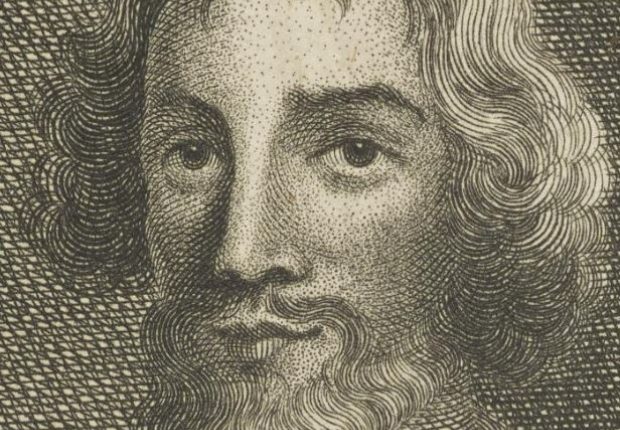

1276
William Wishart, Bishop of St Andrews
William Wishart, Bishop of St Andrews, consecrates a stone chapel at Dunnottar, parts of which remain.
1297
William Wallace and the Wars of Independence
In the first of these struggles, after the invasion of Scotland by English forces, William Wallace attacks an English garrison at Dunnottar, taking it back under Scottish control. Legend has it that Wallace showed no mercy to the soldiers and set fire to the Chapel where they had taken refuge, condemning all inside to a terrible death. Others were driven over the cliff edges, with no survivors.
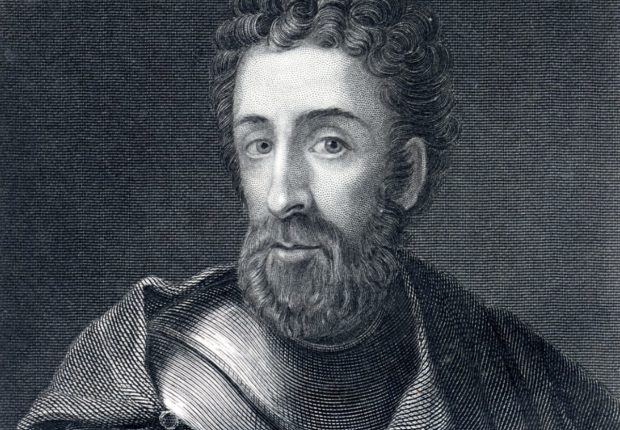
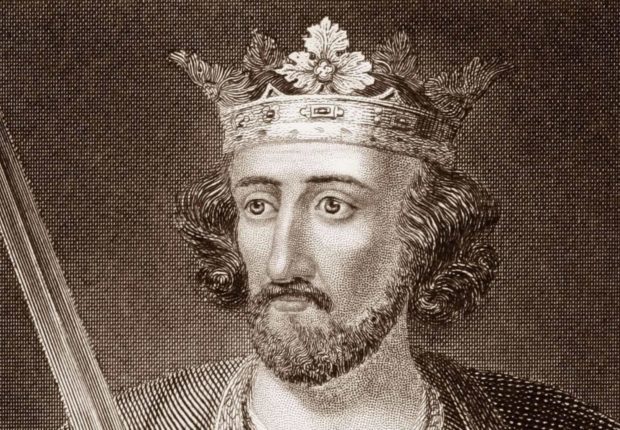
1336
English forces seize the garrison
The Second War of Independence saw English forces seize Dunnottar Castle again in support of Edward Balliol’s bid for the Scottish throne.
1392
The Keep
Sir William Keith, Great Marischal of Scotland, builds the first stone castle at Dunnottar, now known as The Keep.
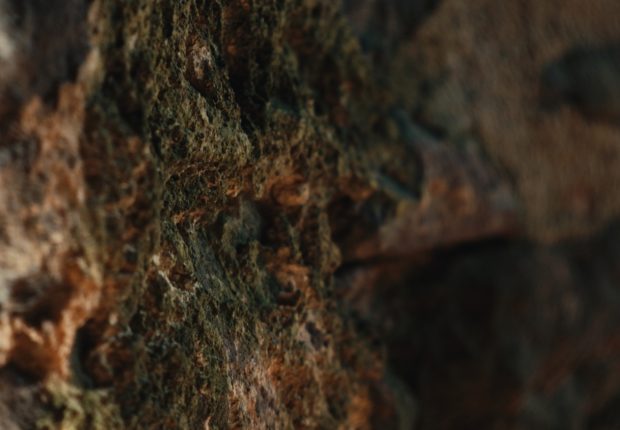
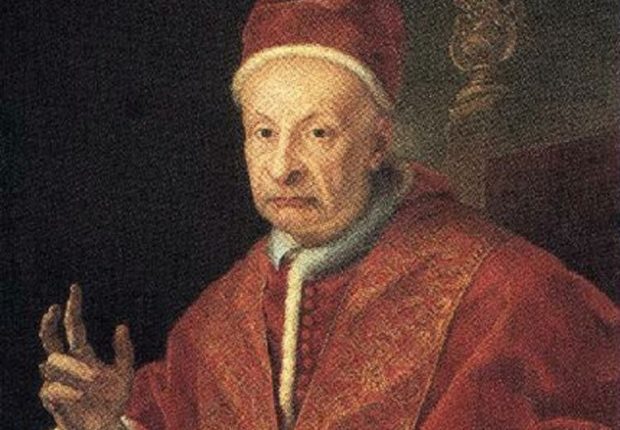
1395
The Pope is involved
Pope Benedict XIII intervenes in a dispute over the building of fortifications (the Keep) at Dunnottar on consecrated ground.
1458
William Keith, 1st Earl Marischal
King James II created Sir William Keith, 1st Earl Marischal, a hereditary royal officeholder and chivalric title.
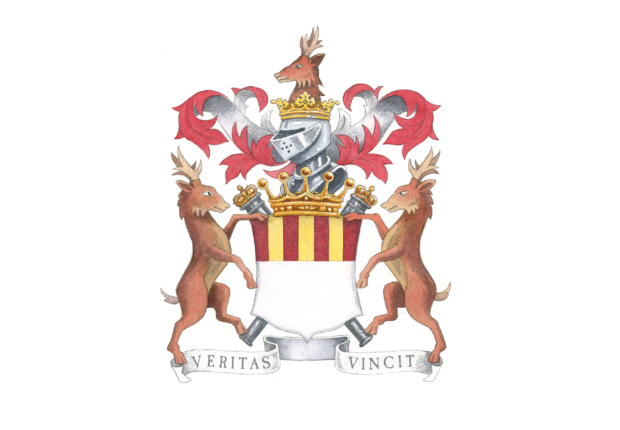
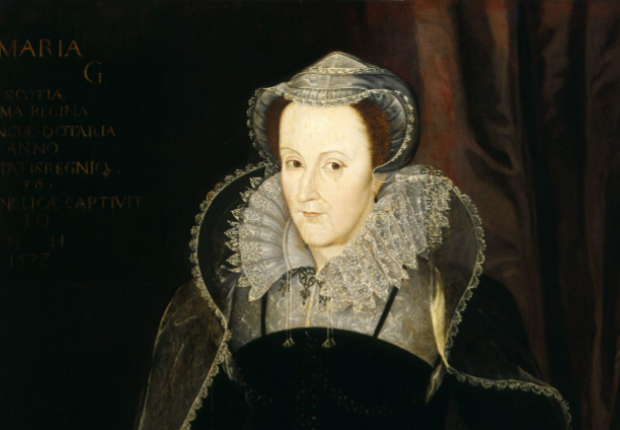
1562
Mary Queen of Scots
Mary Queen of Scots visits the Castle for the first time. Returning two years later and spending two nights there in September 1564.
1593
George Keith, 5th Earl Marischal
George Keith, 5th Earl Marischal, continues to add buildings to Dunnottar. A pet lion is brought to the Castle and is housed in what we know as The Lion’s Den. He also founds Marischal College in the City of Aberdeen, the second of Scotland's post-medieval 'civic universities', following the University of Edinburgh.


1639
William Keith, 7th Earl Marischal
William Keith, 7th Earl Marischal, declares allegiance to the Covenanters, resisting religious reforms of Charles I.
1645
Plundered and burned
As civil war develops, James Graham, 1st Marquess of Montrose marches at the head of Royalist Army to attempt negotiation with the 7th Earl Marischal. The Earl repeatedly refuses and when diplomacy fails, Montrose and his army lays waste to Stonehaven and the barony of Dunnottar.


1651–52
The Honours of Scotland
During the war between Scotland, England and Ireland in the mid-1640s, known as the War of Three Kingdoms, King Charles II is a guest of the 7th Earl Marischal. The young King’s arrival to Scotland prompts an invasion by the Parliamentary Army, led by Oliver Cromwell. Dunnottar Castle plays a vital role in the safekeeping of the Scottish crown jewels, the Honours of Scotland.
The Honours of Scotland are on display at Edinburgh Castle, Edinburgh.
1685
The Whigs Vault
Over 167 Covenanters and Whigs are imprisoned within a cellar in terrible conditions at Dunnottar for refusing to acknowledge religious reforms imposed by King Charles II.

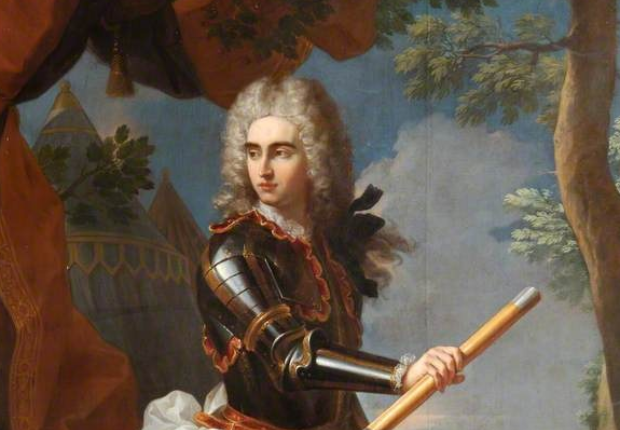
1715–16
George Keith, 10th Earl Marischal
George Keith, 10th Earl Marischal, is a key figure in the failed Jacobite Rising to overthrow King George I. As a result of his service to the Jacobite cause, he forfeits his title and estates, including Dunnottar Castle.
1717
Dunnottar is sold
Following the 10th Earl Marischal’s forfeiture of his title and lands and after 400 years of Dunnottar being the seat of Clan Keith, it is sold by the Government to the York Building Company. Everything of any value was removed including, floors, ceilings and all furniture leaving just a shell.


1919
Lord and Lady Cowdray
Lord and Lady Cowdray purchase the Castle and begin an extensive programme of conservation and restoration works, protecting it from further damage and deterioration. The Castle is re-opened to the public following these works. It remains in the same family and open to this day.
1923
Stonehaven War Memorial
The Black Hill was gifted by Lord and Lady Cowdray to the local community for the Stonehaven War Memorial. It was designed by the Stonehaven architect, John Ellis, and the fundraising for building the monument was organised by locals. It is unique in that it can be seen from most parts of Stonehaven and the surrounding area.
The structure is an incomplete round temple and was intentionally designed as such to be a reminder of the loss of life and incompleteness of a full life of those who died in the Wars. An inscription carved into the stone at the top of the temple is written: "One by one death challenged them, they smiled in his grim visage and refused to be dismayed".


Present Day
Globally recognised landmark
Today, the Castle is one of Scotland’s most popular and spectacular tourist attractions, welcoming over 135,000 visitors in 2019. We were delighted to give The Duke and Duchess of Rothesay, as The Prince of Wales and The Duchess of Cornwall are known when in Scotland, a tour of the Castle in October 2019.
440 Million years ago
Rock formation
The rock on which the Castle stands is as remarkable at close quarters as it is from a distance. The conglomerate is known as a 'pudding stone' and consists large rocks and pebbles held in an immensely strong cementing matter, like raisins in a fruitcake. It was forced to the surface of the earth during the Silurian period and the cementing matter is so tough that faults or cracks do not pass between the pebbles and their binding material, but straight through the pebbles themselves.

Around 5000BC
Picts at Dunnottar
Evidence of Picts living on the sea stack of Dunnicaer, just north of where the Castle is situated today, has been found by archaeologists from the University of Aberdeen. Carbon dating shows this to be the oldest Pictish fort ever discovered, in fact the name ‘dun’ is Pictish for ‘fort’. It is not known exactly how long ago the site was originally inhabited, it is believed that the Picts established it between 5000BC and 700AD.

Around 400 AD
St Ninian arrives
Saint Ninian, an early Christian missionary, establishes a place of worship on the site where the Castle now stands and converts the Picts of Dunnottar to Christianity.

900 AD
King Donald and the Vikings
King Donald II of Scotland is killed at Dunnottar by an invading Viking force which went on to destroy the buildings here.

1276
William Wishart, Bishop of St Andrews
William Wishart, Bishop of St Andrews, consecrates a stone chapel at Dunnottar, parts of which remain.

1297
William Wallace and the Wars of Independence
In the first of these struggles, after the invasion of Scotland by English forces, William Wallace attacks an English garrison at Dunnottar, taking it back under Scottish control. Legend has it that Wallace showed no mercy to the soldiers and set fire to the Chapel where they had taken refuge, condemning all inside to a terrible death. Others were driven over the cliff edges, with no survivors.

1336
English forces seize the garrison
The Second War of Independence saw English forces seize Dunnottar Castle again in support of Edward Balliol’s bid for the Scottish throne.

1392
The Keep
Sir William Keith, Great Marischal of Scotland, builds the first stone castle at Dunnottar, now known as The Keep.

1395
The Pope is involved
Pope Benedict XIII intervenes in a dispute over the building of fortifications (the Keep) at Dunnottar on consecrated ground.

1458
William Keith, 1st Earl Marischal
King James II created Sir William Keith, 1st Earl Marischal, a hereditary royal officeholder and chivalric title.

1562
Mary Queen of Scots
Mary Queen of Scots visits the Castle for the first time. Returning two years later and spending two nights there in September 1564.

1593
George Keith, 5th Earl Marischal
George Keith, 5th Earl Marischal, continues to add buildings to Dunnottar. A pet lion is brought to the Castle and is housed in what we know as The Lion’s Den. He also founds Marischal College in the City of Aberdeen, the second of Scotland's post-medieval 'civic universities', following the University of Edinburgh.

1639
William Keith, 7th Earl Marischal
William Keith, 7th Earl Marischal, declares allegiance to the Covenanters, resisting religious reforms of Charles I.

1645
Plundered and burned
As civil war develops, James Graham, 1st Marquess of Montrose marches at the head of Royalist Army to attempt negotiation with the 7th Earl Marischal. The Earl repeatedly refuses and when diplomacy fails, Montrose and his army lays waste to Stonehaven and the barony of Dunnottar.

1651–52
The Honours of Scotland
During the war between Scotland, England and Ireland in the mid-1640s, known as the War of Three Kingdoms, King Charles II is a guest of the 7th Earl Marischal. The young King’s arrival to Scotland prompts an invasion by the Parliamentary Army, led by Oliver Cromwell. Dunnottar Castle plays a vital role in the safekeeping of the Scottish crown jewels, the Honours of Scotland.
The Honours of Scotland are on display at Edinburgh Castle, Edinburgh.

1685
The Whigs Vault
Over 167 Covenanters and Whigs are imprisoned within a cellar in terrible conditions at Dunnottar for refusing to acknowledge religious reforms imposed by King Charles II.

1715–16
George Keith, 10th Earl Marischal
George Keith, 10th Earl Marischal, is a key figure in the failed Jacobite Rising to overthrow King George I. As a result of his service to the Jacobite cause, he forfeits his title and estates, including Dunnottar Castle.

1717
Dunnottar is sold
Following the 10th Earl Marischal’s forfeiture of his title and lands and after 400 years of Dunnottar being the seat of Clan Keith, it is sold by the Government to the York Building Company. Everything of any value was removed including, floors, ceilings and all furniture leaving just a shell.

1919
Lord and Lady Cowdray
Lord and Lady Cowdray purchase the Castle and begin an extensive programme of conservation and restoration works, protecting it from further damage and deterioration. The Castle is re-opened to the public following these works. It remains in the same family and open to this day.

1923
Stonehaven War Memorial
The Black Hill was gifted by Lord and Lady Cowdray to the local community for the Stonehaven War Memorial. It was designed by the Stonehaven architect, John Ellis, and the fundraising for building the monument was organised by locals. It is unique in that it can be seen from most parts of Stonehaven and the surrounding area.
The structure is an incomplete round temple and was intentionally designed as such to be a reminder of the loss of life and incompleteness of a full life of those who died in the Wars. An inscription carved into the stone at the top of the temple is written: "One by one death challenged them, they smiled in his grim visage and refused to be dismayed".

Present Day
Globally recognised landmark
Today, the Castle is one of Scotland’s most popular and spectacular tourist attractions, welcoming over 135,000 visitors in 2019. We were delighted to give The Duke and Duchess of Rothesay, as The Prince of Wales and The Duchess of Cornwall are known when in Scotland, a tour of the Castle in October 2019.

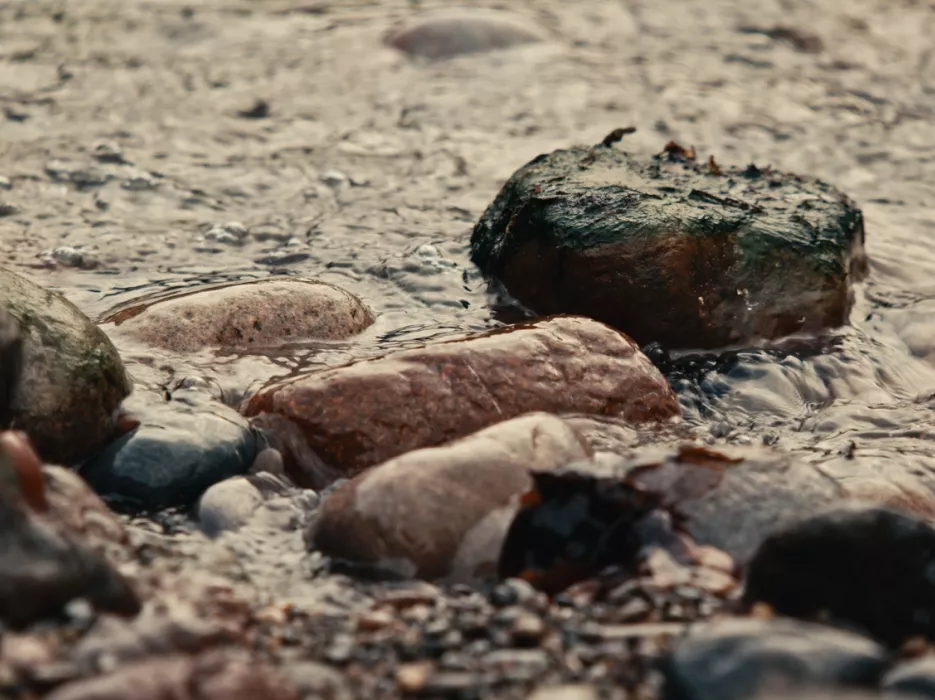
Geology
The rock on which the Castle stands is as remarkable at close quarters as it is from a distance. The conglomerate is known as a 'pudding stone' and consists large rocks and pebbles held in an immensely strong cementing matter, like raisins in a fruitcake. The cementing matter is so tough that faults or cracks pass not between the pebbles and their binding material, but straight through the pebbles themselves.
In contrast, the red sandstone of the Castle itself wastes relatively rapidly when exposed to the elements. There are many impressive examples of 'differential weathering' of the sandstone which looks like large honeycomb features in the Castle walls.
Dun is the Pictish word meaning 'place of strength'. The word Dunnottar, originally 'Dun Fother' probably meant 'Fort in the low country' as the Castle lies in the Mearns, the lands to the east of the Grampian Highlands between Montrose and Stonehaven.

